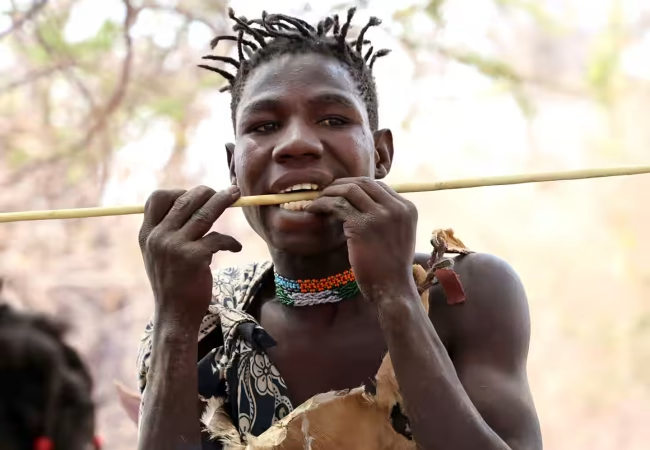5 Spectacular Wonders of Tarangire National Park: Where Elephants and Baobabs Reign Supreme
Tarangire National Park, located in northern Tanzania, is a hidden gem in the African safari circuit. Spanning 2,850 square kilometers, this diverse ecosystem is renowned for its high concentration of elephants and iconic baobab trees. Tarangire offers visitors a unique blend of wildlife viewing, stunning landscapes, and authentic African wilderness experiences.
Definition and Key Information
Tarangire National Park is a lesser-known but equally captivating safari destination in Tanzania. Its unique features include:
- Home to one of the largest elephant populations in Africa
- Ancient baobab trees dotting the landscape
- Seasonal Tarangire River, attracting diverse wildlife
- Low tourist density compared to other Tanzanian parks
- Excellent bird-watching opportunities with over 550 species
What makes Tarangire National Park a must-visit safari location?
Tarangire National Park offers 5 compelling reasons to visit: abundant elephants, stunning baobab-studded landscapes, diverse wildlife, excellent bird-watching, and an authentic, less crowded safari experience.
What wildlife can you expect to see in Tarangire National Park?
Tarangire National Park boasts an impressive array of wildlife, including:
- Large mammals:
- African elephants (up to 3,000 during peak season)
- Lions
- Leopards
- Cheetahs
- African wild dogs (rare)
- Herbivores:
- Wildebeest
- Zebras
- Giraffes
- Impalas
- Elands
- Other notable species:
- Olive baboons
- Vervet monkeys
- African rock pythons
- Diverse bird species:
- Yellow-collared lovebirds
- Red-and-yellow barbets
- Ostriches
- Various raptors and water birds
When is the best time to visit Tarangire National Park?
The park offers unique experiences year-round, but key seasons include:
- June to October (Dry Season):
- Best wildlife viewing as animals congregate around water sources
- Peak elephant sightings
- Comfortable temperatures and low humidity
- November to April (Green Season):
- Lush landscapes and migratory birds
- Fewer tourists and lower prices
- Possible rain showers, especially in April and May
What makes Tarangire’s landscape unique?
- Baobab trees: Ancient giants dotting the savannah
- Tarangire River: Life-giving waterway attracting diverse wildlife
- Silale Swamp: Verdant wetland habitat in the south
- Savannah grasslands: Open plains teeming with game
- Acacia woodlands: Providing shelter and food for various species
How does Tarangire contribute to elephant conservation?
- Serves as a crucial habitat for one of Tanzania’s largest elephant populations
- Supports research on elephant behavior and migration patterns
- Implements anti-poaching measures to protect resident elephants
- Facilitates human-elephant conflict mitigation in surrounding areas
- Educates visitors about elephant conservation through guided safaris
How to plan your Tarangire National Park adventure
- Choose the right season based on your wildlife viewing preferences
- Decide on accommodations: lodges, tented camps, or public campsites
- Select safari activities: game drives, walking safaris, or night drives
- Book with reputable tour operators for guided safaris
- Consider combining Tarangire with other northern circuit parks like Serengeti and Ngorongoro
- Pack appropriate safari gear: light, neutral-colored clothing and binoculars
- Bring a good camera to capture the stunning landscapes and wildlife
- Allow at least 2-3 days to fully explore the park’s diverse areas
Conclusion
Tarangire National Park offers a captivating safari experience that combines abundant wildlife with breathtaking landscapes. From its iconic elephant herds and majestic baobabs to its diverse birdlife and authentic wilderness feel, Tarangire provides a unique alternative to Tanzania’s more famous parks. Whether you’re a first-time safari-goer or a seasoned wildlife enthusiast, Tarangire’s natural wonders and intimate safari experience promise unforgettable memories of African beauty and biodiversity.



